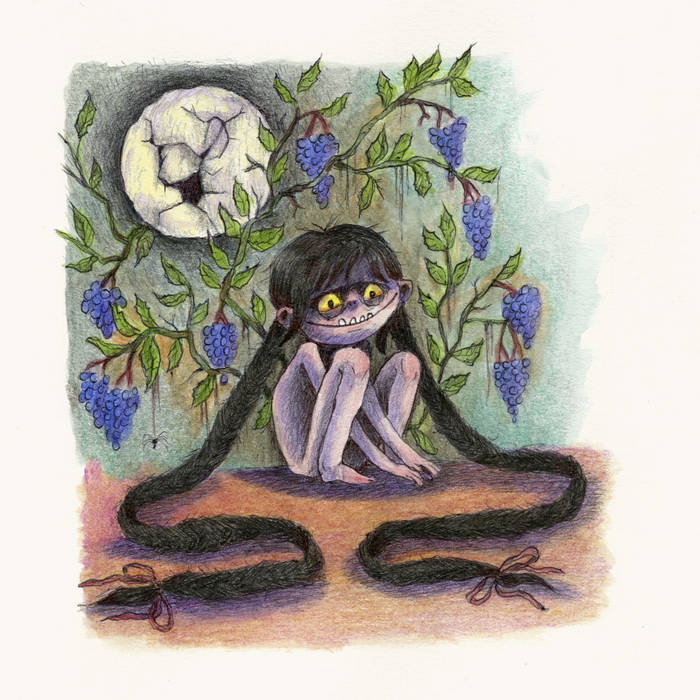March 16 held an exciting performance from the La Jolla Symphony and Chorus as guest vocalist Andrea Zomorodian and new conductor Sameer Patel provided an engaging performance for us all. The show provided many firsts for the audience, including me. It was my first time hearing Nina Shekhar’s “Lumina,” experiencing the Patel’s conducting, and having Zomorodian perform for LJS&C.
“Lumina” expanded my idea of what great music can be. In my bubble of modern or Romantic music, I am used to more common structures of sound, whether that be anything from SZA or Tchaikovsky, with the layering of each instrument that is familiar to me. But to hear microtones, which are not commonly found in Western music, blended with drawn-out bass sounds, created a dynamic and incredibly layered piece for the audience to experience. These specific tones blurred the notes to create a seamless sound, the notes feeling fluid and moving as one continuous entity. The point of a microtone for me was how it was a note in between what we regularly hear. If it was in the middle, it made no room for any crazy changes in tone. This work had moments of build-up that created a feeling of tension where I expected a huge crescendo, only for the build to occur more slowly, keeping me on the edge of my seat. Finally, I got what I was hoping for, a beautiful explosion of sound that created this feeling of catharsis.
Each instrument played a crucial role, allowing the audience to hear the complexity of the bass, layered while also stretching out to support the higher register instruments that moved akin to how one would imagine a snake’s movement. The string instruments that were used for the melody set the mood for this piece. It is almost as if two parts bounced off of each other to work in unison as they progressed through the composition, ultimately blending back into one. This interaction of the two parts felt like siblings bickering in a playful way, speaking over each other with a rebuttal. This made for an entertaining listen that never felt boring or stagnant.
This thrilling piece was followed by Francis Poulenc’s “Gloria,” which included a choir and solo vocalist Andrea Zomorodian. This was Zomorodian’s first performance for LJS&C. In an insightful interview with Zomorodian, I learned that the secret to performing with grace is to eat a lot, while also incorporating vocal lessons and exercise, of course. Zomorodian expressed that this piece was “supremely beautiful music,” which couldn’t be said any better.
There were so many different tones within this one composition. The first act had much strength and dimension held by not only the orchestra but the choir as well. The orchestra had rhythmic strings paired with vibrant wind instruments that blended into a strong and consistent sound. The second act had a whimsical tone with a bounce to it. The lyrics “we praise you” were sung with a sense of pride, which was supported by the swaying sound of instruments. On the contrary, the lyrics “give thanks” were sung quietly and with a humble tone as the instruments slowed down to make it seem like time was standing still. It then picked up again to a more upbeat rhythm, as the first lyrics were sung again before ending abruptly, tying it all together.
As for Zomorodian, her solo performance left me speechless. Her opening note sounded like an instrument as her voice was incredibly smooth and created a rich and addicting sound. Her confidence and storytelling through the emotion she displayed while singing captivated the audience with the message that Poulenc was trying to convey in this work. Through his lyrics and use of instruments, he tries to portray the relationship that one might have with God by giving us these ups and downs in the music. This message relates not only to religion but also to life, encouraging us to feel empowered and confident in the face of feelings of despair. Zomorodian used her voice as a paintbrush as she created different images of sorrow, grace, and mysteriousness that the audience could easily visualize and hear.
The show displayed the amazing talents of each person who played the instruments and sang. But what was interesting to see was a conductor who interacted with the audience itself. Before “Lumina,” Patel gave a short speech on the piece, explaining the context in a way that prompted the audience to approach the show in a more understanding way. This helped the audience pay attention to the little things the conductor put in that might have otherwise gone unnoticed. This small detail from Patel truly set him apart from any other conductor whose work I have watched. Not only did he engage with the audience in this way, but he put himself in the music. As he conducted, he flowed with the music and matched the energy of the music, expanding the story being told beyond what the audience hears.
The La Jolla Symphony and Chorus truly amazes me every time I go and continues to expose me to new sounds and deepen my love for music. Being able to watch and experience live music where you can put away your phone and listen is something that everyone should have the opportunity to do. Being able to find a space where you can learn new information about an already loved interest is a rare thing and should be shared amongst everyone. LJS&C provides this space for music lovers and is something I recommend that everyone go to at least once in their life.
Image courtesy of La Jolla Symphony & Chorus










William Miller • Apr 12, 2024 at 11:02 am
Thank you for such a thoughtful and enthusiastic review, Yamille.